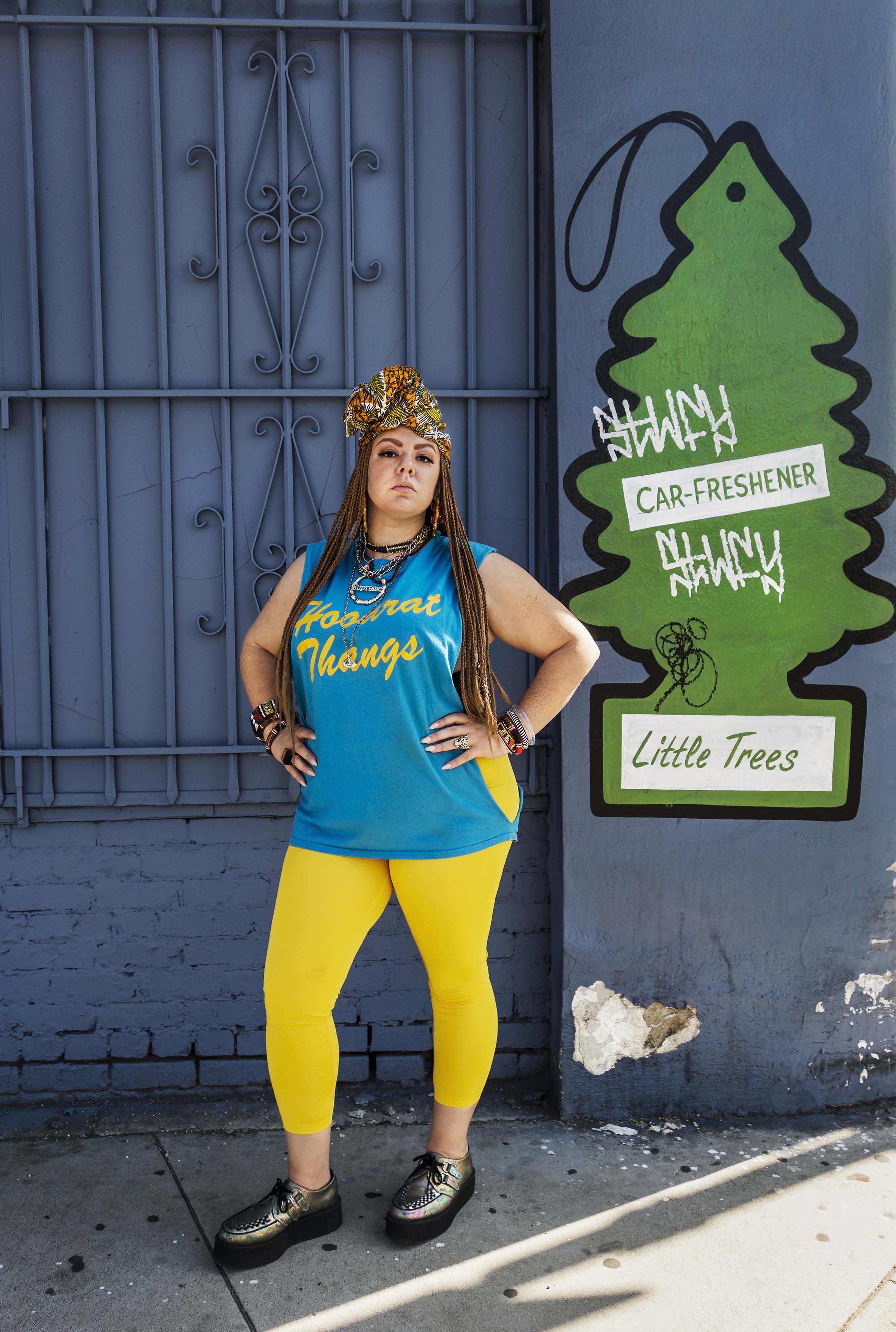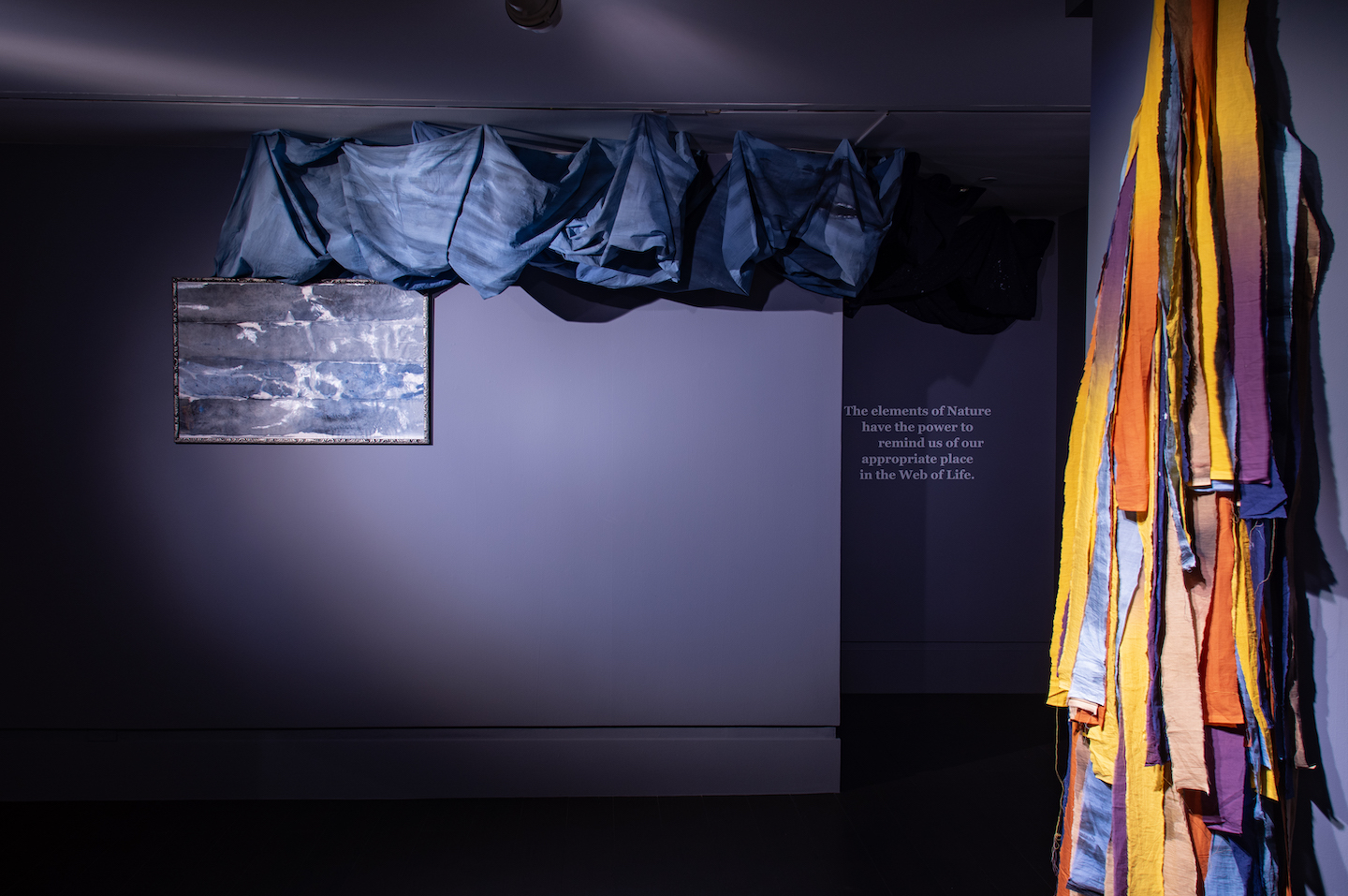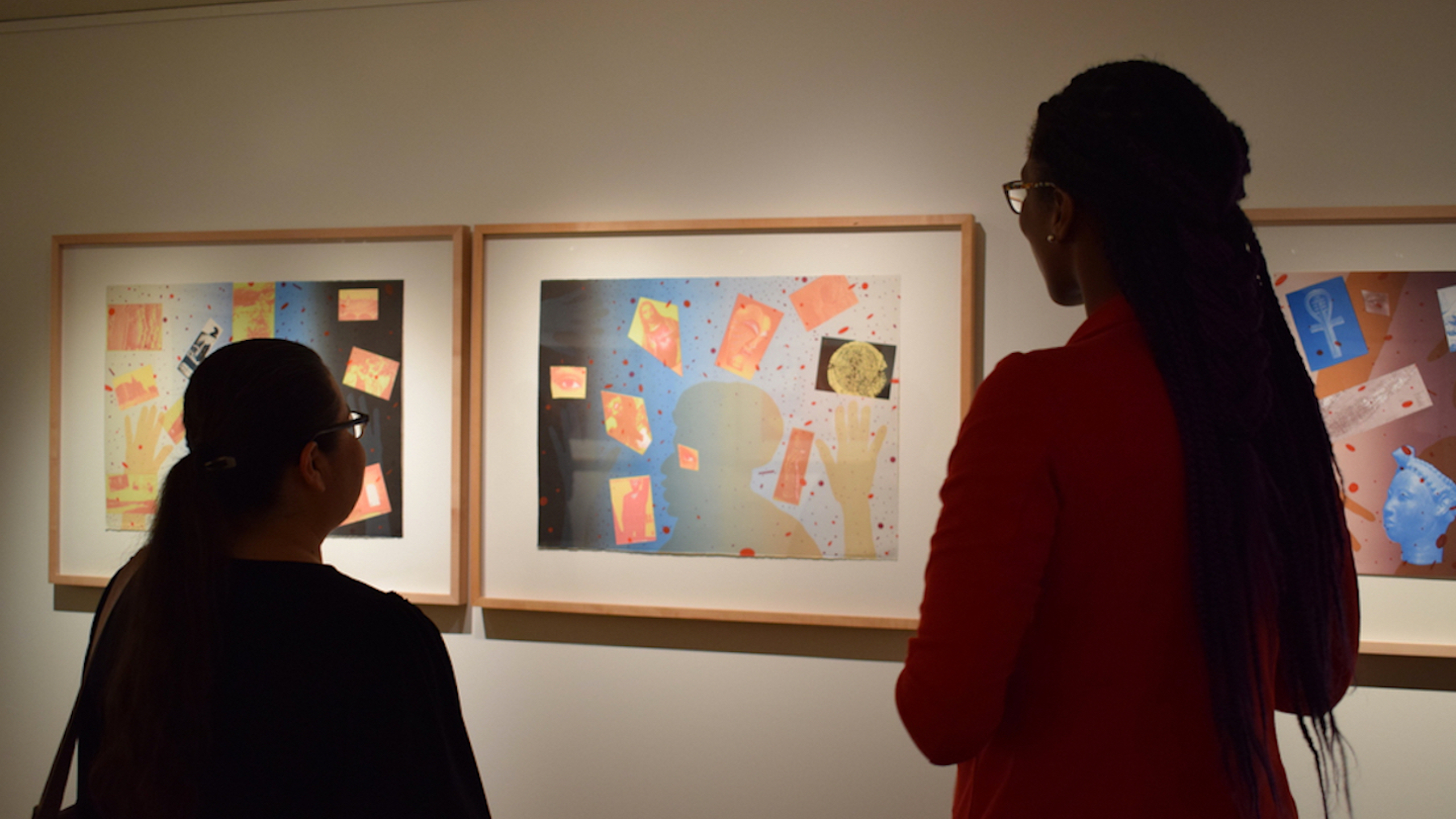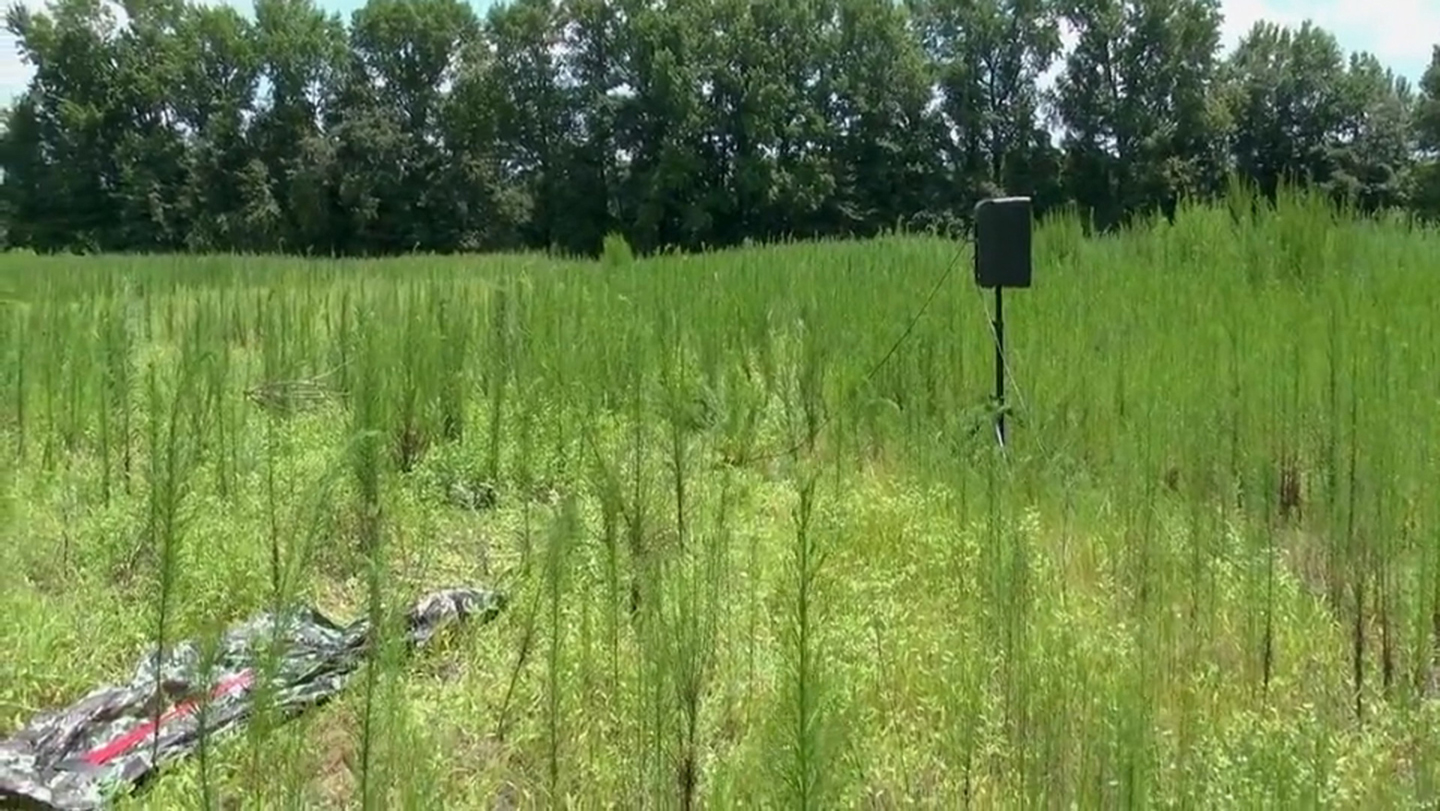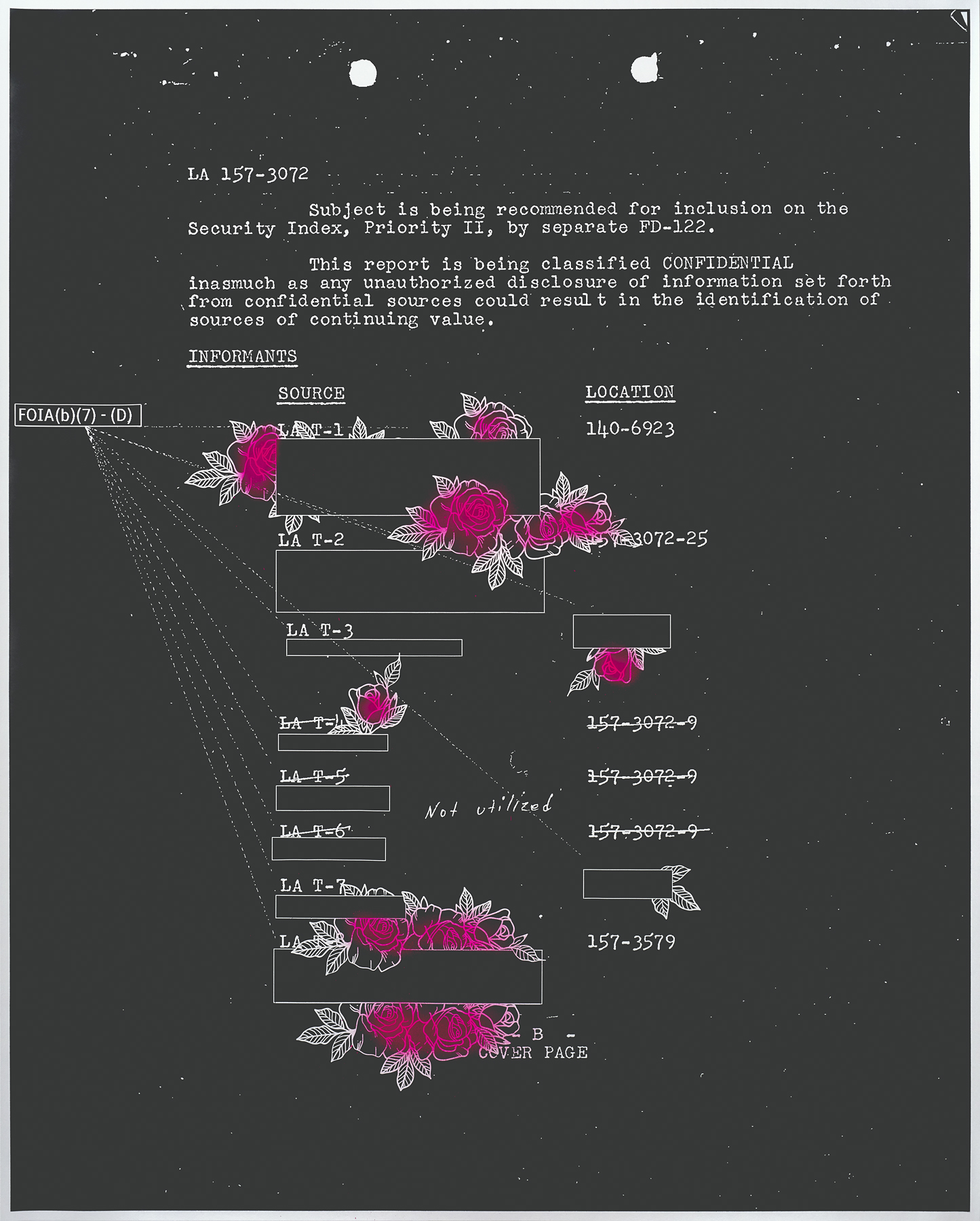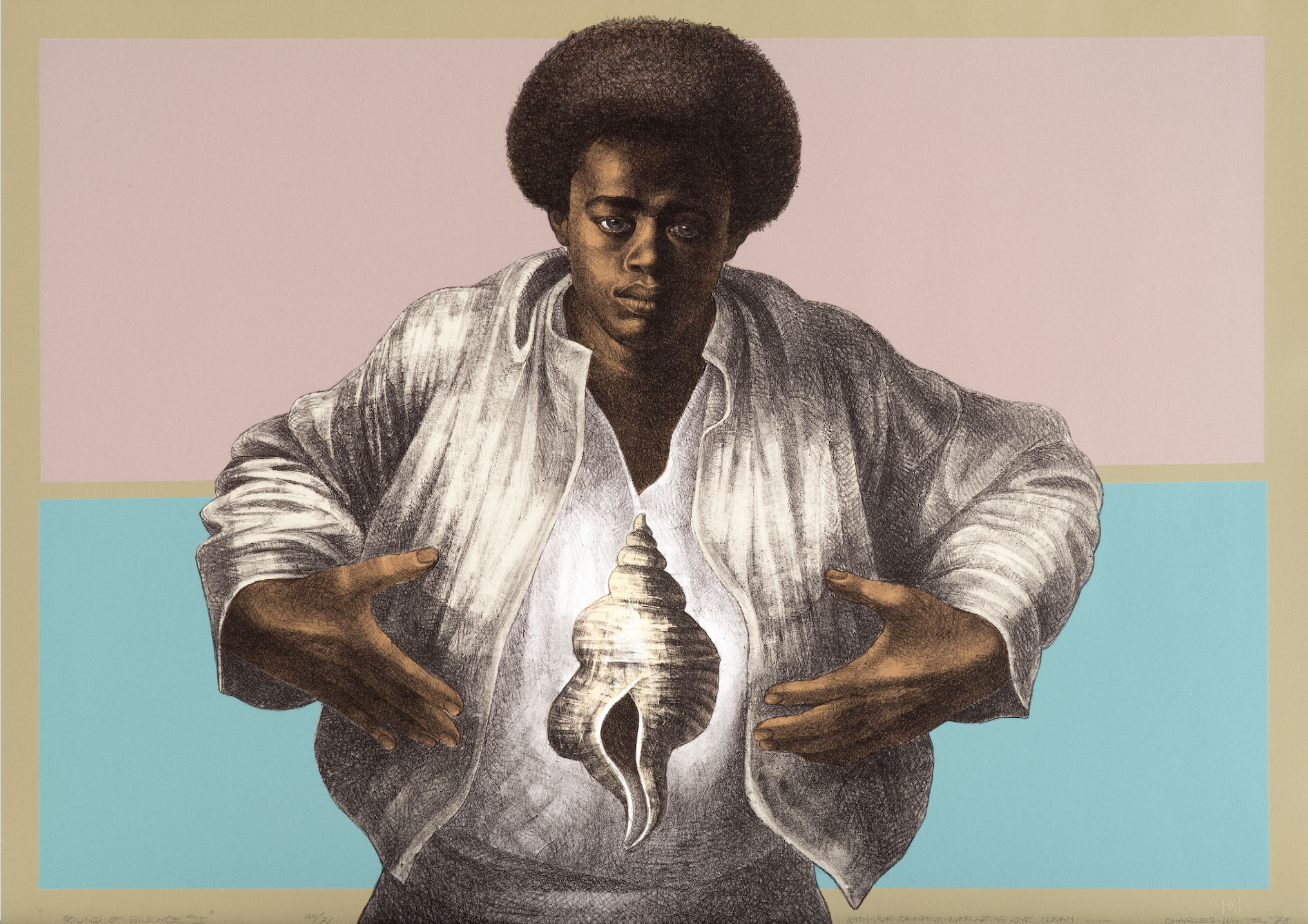In Passing
January 31–May 4, 2019
201 East 21st Street
Austin 78712
United States
Hours: Wednesday–Friday 12–5pm
Saturday 11am–2pm
galleriesatut@austin.utexas.edu
In Passing brings together several bodies of work made since 2016 by Los Angeles-based artist Genevieve Gaignard. The work maps the artist’s ever-evolving performance of identity through large-format self-portraits and vernacular installations. Inhabiting an array of campy stereotypes that confront viewers with some of the historical ways in which racialized female identity has been prescribed—as a suburban discount shopper, a Creole woman in her tignon, or a “ghetto girl” staring confidently into the camera—Gaignard interrogates her own intersectional identity as a biracial woman. She pictures the difficult, often murky terrain of race, class, and gender in contemporary culture. Interwoven throughout the photographs are installations of quotidian objects that create the interior, often domestic settings in which identity is constructed.
The malleability of the artist’s own physicality points to the nature of race and gender themselves—as roles derived from a shifting collection of social constructs that, for some, can be put on and inhabited. The seemingly apolitical aspects of Gaignard’s work belie the deeply engaged process the artist takes on by redefining and reckoning with contemporary constructions of identity and access. Gaignard’s defacto family of women shows us where we’ve come from while it points to a future in which a single person can be seen as multitudes: both black and white, demure and provocative, made up or down, and with the same access to agency as anyone else. On one level, In Passing allows viewers to see the artist looking at herself as she navigates what it means to “pass” and on another it challenges us to investigate ourselves, both in the way that we conform to certain societal standards as well as the judgments we make about others in passing.
–Ashlyn Davis, Guest Curator and Executive Director of the Houston Center for Photography

